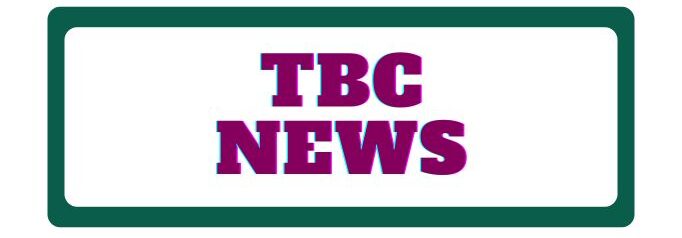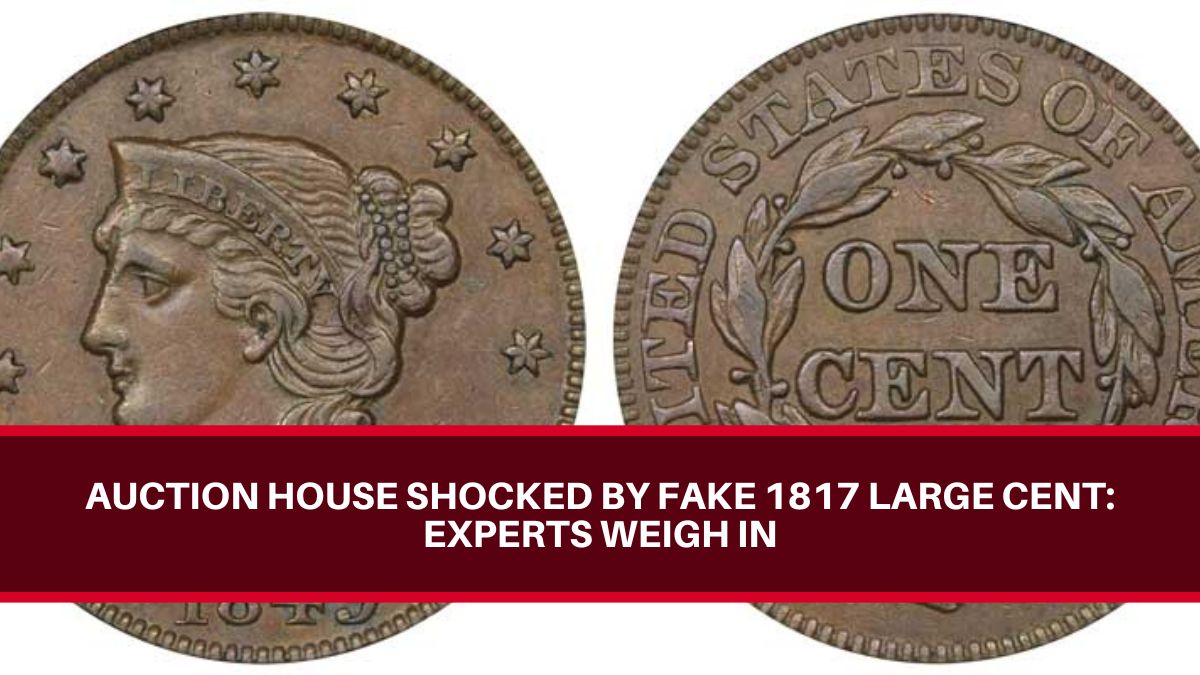In the world of coin collecting, counterfeits can be a major concern. They range from obvious fakes to very convincing replicas that can trick even the most experienced collectors. This article discusses an intriguing case of a counterfeit 1817 Large Cent that was certified as genuine, highlighting the importance of careful evaluation and attribution in coin authentication.
My Journey in Coin Counterfeiting Research
For the past nine years, I’ve been studying and writing about coin counterfeits. My first article on this topic appeared in 2017, and since then, I’ve published a total of 74 articles. In these pieces, I’ve examined various types of fakes, from “cartoon” counterfeits to more sophisticated replicas that can fool experts and grading services.
Understanding Counterfeits
I’ve categorized these fakes into different levels. The basic fakes, which I now call “Red Book Counterfeits” (RBCs), are less convincing. More deceptive counterfeits can easily trick both collectors and grading services. The counterfeit 1817 Large Cent is a prime example of these deceptive mid-level fakes, which are more challenging to identify.
Types of Counterfeits
| Type | Description | Example |
|---|---|---|
| Cartoon Counterfeits | Obvious fakes that are easily identified | Poorly made replicas |
| Red Book Counterfeits (RBCs) | Basic fakes that can mislead novice collectors | Basic imitation coins |
| Exceptionally Deceptive Fakes | High-quality fakes that can fool experts | Sophisticated replicas |
| Mid-Level Fakes | More challenging fakes that may pass initial checks | The 1817 Large Cent case |
A Surprising Discovery
Recently, I stumbled upon a TPG-certified example of an 1817 Large Cent at a major auction house. This was shocking, given that I had previously written about this type of counterfeit. This specific coin was marketed as genuine, which raised questions about the accuracy of the grading process.
The Characteristics of the Counterfeit
To illustrate the differences between genuine and counterfeit coins, I compared the 1817 Cent with an authentic 1833 N-5 Large Cent. The counterfeit had noticeable differences, especially in Liberty’s profile and the date digits, which did not match those of genuine coins.
Examining the Fake
The counterfeit coin displayed common characteristics of known fakes, including a pit on the bust. These features are telltale signs that should alert collectors and graders. Despite these flaws, this counterfeit managed to pass initial inspections and even made it to an auction.
The Role of Attribution in Authentication
In the field of coin grading, one key phrase stands out: “ATTRIBUTION, ATTRIBUTION, ATTRIBUTION!” This means that properly identifying the coin’s type and variety is crucial for authentication. Unfortunately, many grading services do not include this step in their standard evaluations, which could lead to mistakes like this one.
Lessons Learned
Through my research, I found that many counterfeit coins have similar attributes, making them easy to identify for those who know what to look for. The commonality of certain design flaws, like the pit on the bust, can serve as red flags.
The Impact of Auctions and Grading Services
While auction houses usually catch counterfeit coins during cataloging, this particular case slipped through the cracks. It was only after the listing was up that it was recognized as a fake. Thankfully, the grading service has been informed, and we await updates on the coin’s status.
Conclusion
In conclusion, the case of the counterfeit 1817 Large Cent serves as a reminder of the importance of diligent research and proper attribution in coin collecting. As counterfeits become more sophisticated, it’s crucial for collectors, graders, and auction houses to stay vigilant. With the help of fellow collectors and experts, we can continue to combat counterfeiting and protect the integrity of the numismatic community.
FAQ’s
What is a counterfeit coin?
A counterfeit coin is a fake coin made to look like a genuine one, often created to deceive collectors and sellers. They can range from obvious fakes to high-quality replicas.
How can I tell if a coin is genuine?
To determine if a coin is genuine, collectors should examine its details, such as the design, weight, and surface characteristics. Proper attribution and comparison with known genuine examples are also essential.
What is the importance of attribution in coin collecting?
Attribution is crucial because it identifies a coin’s type and variety. Proper attribution helps collectors avoid purchasing counterfeits and ensures that their collections are accurate and valuable.

